Smith3D ESD ABS/ PETG 1.75mm 1KG 3D Printer Filament for Elegoo Ender 3 Prusa BambuLab Creality
RM87.00 – RM118.00
ESD-PETG:Advanced ESD-Safe compound using multi-wall carbon nanotube tech for ESD protection. Target resistance: 10^7 to 10^9 Ohm.
Printing Parameters:Extruder: 230-260°C
Bed: 60-90°C
No heated chamber needed
Filament Specs: Diameter 1.75mm & 2.85mm +/- 0.05mm
Benefits:Chemical resistance superior to ABS
Low moisture absorption (3x less than ABS)
Minimal odor during printing
Low shrinkage, higher ductility
Chemical Resistance: Effective against acids, bases, salts, some oils; sensitive to specific hydrocarbons.
Applications: HDD Components, Wafer Handling, Jigs, and more.
——————————————————————————————————————————————————————
ESD ABS:High-quality ESD-Safe compound using multi-wall carbon nanotube tech for ESD protection. Comparable to Stratasys® ABS-ESD7. Target resistance: 10^7 to 10^9 Ohm.
Printing Parameters:Extruder: 220-240°C
Bed: 100-110°C
Heated chamber recommended
Filament Specs: Diameter 1.75mm & 2.85mm +/- 0.05mm
Benefits:Sturdy and durable
Easier to print than most industrial materials
Higher melting point than PETG
Applications: HDD Components, Wafer Handling, Jigs, and more.
——————————————————————————————————————————————————————-
Differences:
Chemical Properties: ESD PETG superior in chemical resistance, moisture retention, and odor during printing.
Printing: ESD PETG requires higher extruder temps (230-260°C) and cooler bed (60-90°C). ABS benefits from heated chambers.
Applications: Both materials serve similar sectors, but individual properties make them suitable for specific tasks.
Selection between them depends on the project needs, material properties, and available printing setup.
| Weight | 1.3 kg |
|---|---|
| Dimensions | 25 × 25 × 10 cm |
| Variation | ESD PETG, ESD ABS |
Only logged in customers who have purchased this product may leave a review.

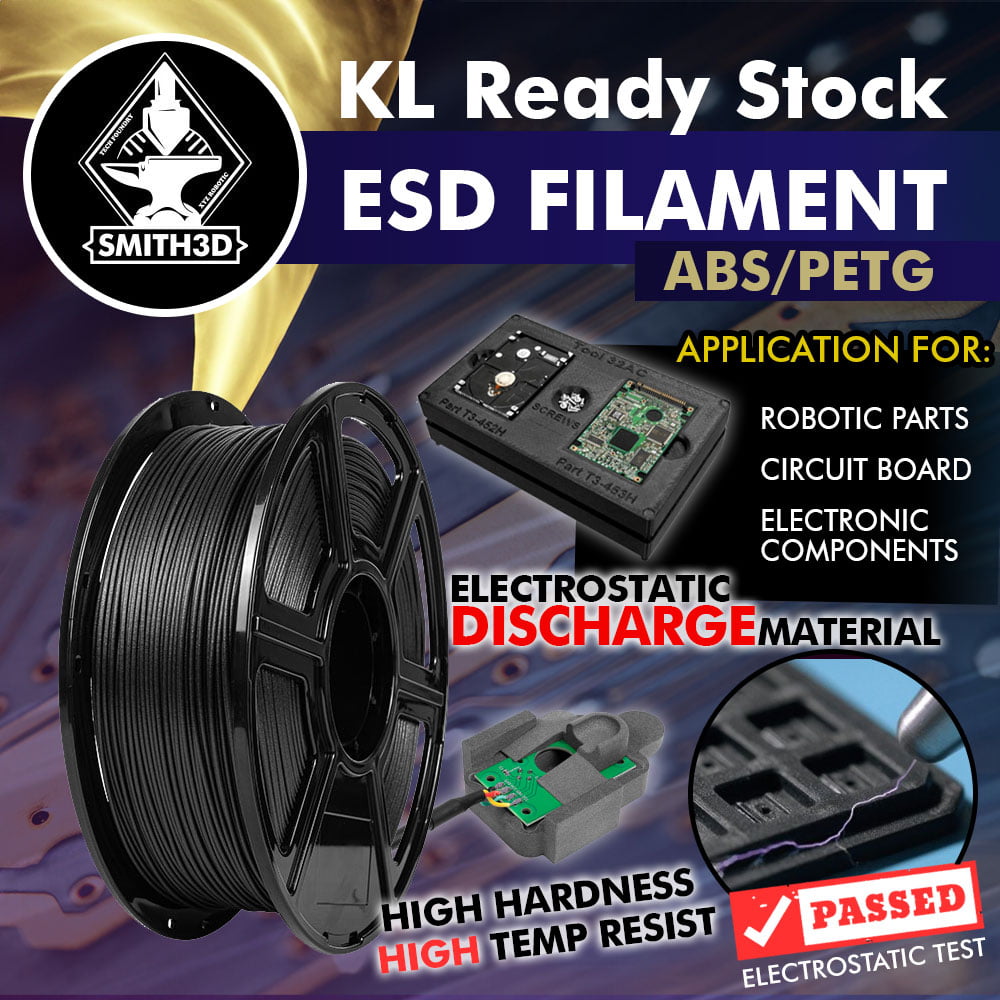








![[new arrival] color changing pla filament 1.75mm 1kg orange to yellow purple to pink green to yellow](https://www.smith3d.com/wp-content/uploads/2021/10/7f806caa4b63c508e5575d35b8103bae-247x247.jpg)
![[new arrival] color changing pla filament 1.75mm 1kg orange to yellow purple to pink green to yellow](https://www.smith3d.com/wp-content/uploads/2021/10/f9ea66621883b3dbaddfdff132c383c0-247x247.jpg)


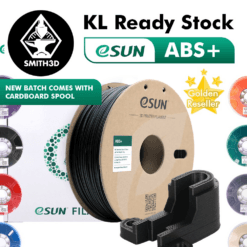

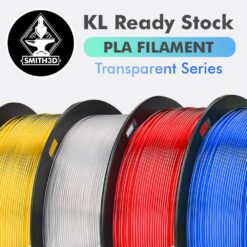

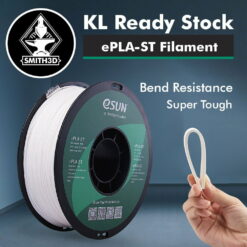

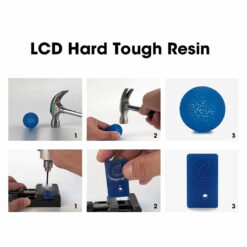

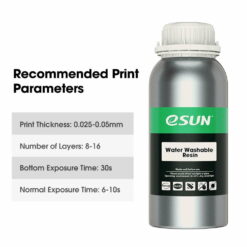




Reviews
There are no reviews yet.